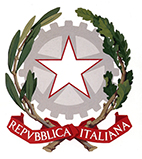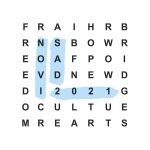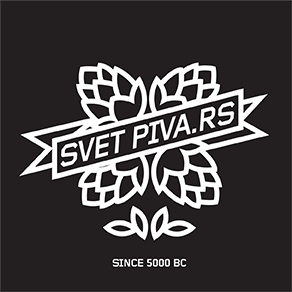Better Days for Gradić without Traffic
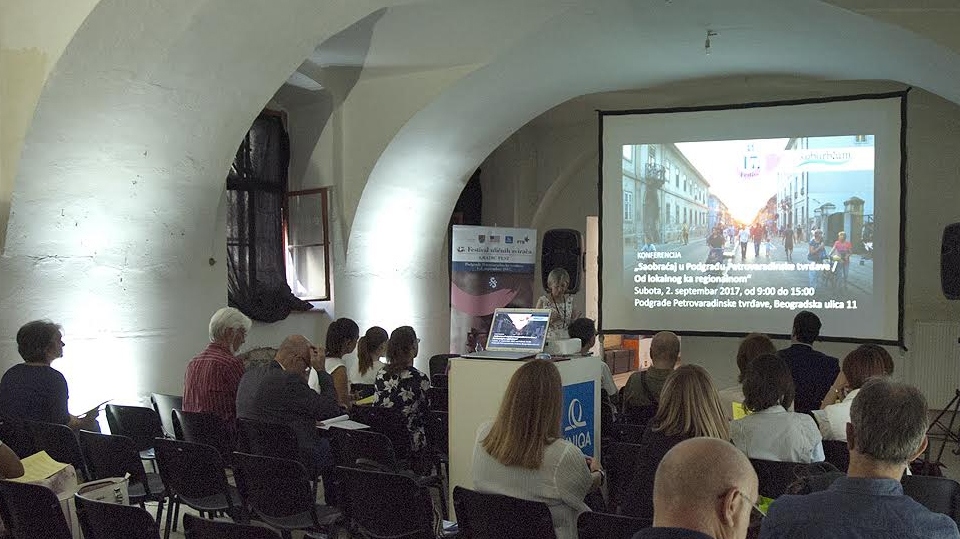
Without traffic of the current intensity, better days are in store for the Lower Town of the Petrovaradin Fortress – Gradić, and that will contribute to the transformation of this toponym from the 18th century into a desirable tourist destination within the Danube’s wider region. That is the conclusion of the participants of the second conference “Traffic in the Lower Town of the Petrovaradin Fortress/From Local to Regional”, which was held within the 17th Street Musicians Festival – Gradić Fest. The trains that used to pass through Štrosmajerova Street, so close to the inhabitants’ homes that they felt as if the trains passed through their bedrooms and kitchens, are nothing compared to 4 million vehicles that now pass yearly through Gradić, next to the buildings from the 18th century which are the landmarks of the Petrovaradin community, such as the City Hall building, the Building of Šajkaški Battalion, the Belgrade Gate, the Old Military Barracks (which is one of the oldest buildings in the Lower Town), the birth-house of Ban Jelačić, etc.
The participants in the conference, who come from different cities and are members of different institutions, who have different professions, ranging from architects, conservators-restorers, urbanists, traffic engineers, to art historians and archeologists, have agreed that the reorganization of traffic in the Lower Town of the Petrovaradin Fortress would mean a new dimension of life for this architectural heritage, and they supported their opinion with their examples of “how it could be” and with the examples of good practice in Zagreb, Budapest, and Porto (Portugal). Traffic has its modalities and dimensions. When the new Novi Sad’s bridge over the Danube (where Žeželjev Bridge, which was bombed, used to stand) opens, it is presumed that new solutions for the Lower Town of the Petrovaradin Fortress – Gradić – will be found, so that the traffic of the current intensity, which is devastating for the 18th century architectural heritage, can be eliminated from Beogradska Street, the main street of the Lower Town. This is the context within which the Vice-President of the Government of Vojvodina and the Secretary for Agriculture and Tourism, Ivan Đoković, and Darko Polić, president of Work Group for Development of Cultural Infrastructure within NS 2021 – European Capital of Culture, spoke.
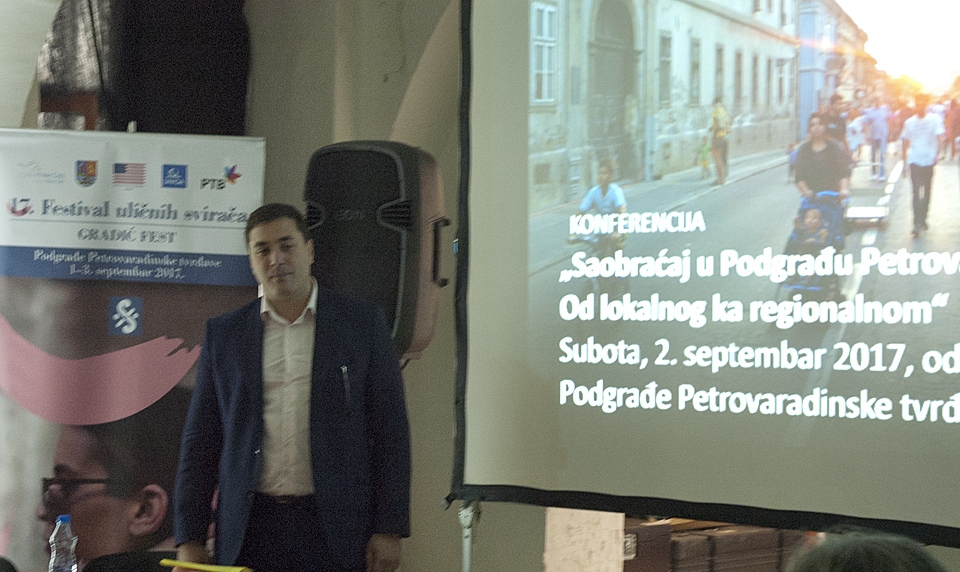
Considering the fact that the Petrovaradin Fortress is still partly owned by the Army of Serbia, which properly maintains it, we invited Captain Petar Kosanović, as the representative of the Garrison of Novi Sad, to the conference. The presentations on the topic were given by Katarina Maksimov, from the Institute for the Protection of Cultural Monuments of Novi Sad, Aleksandar Stanojlović, from “Jugocikling kampanja”, Vuk Bogdanović, from the Faculty of Technical Sciences, Department of Traffic Engineering, in Novi Sad, Miodrag Đukić Dugi, from the Railways Association of Vojvodina, Gordana Karović, an underwater archeologist from The Museum of Science and Techology in Belgrade, Šandor Palfi, from the University of Technology and Economics in Budapest, Darko Reba, Marina Carević, and Ranka Medenica, from the Faculty of Technical Sciences, Department of Architecture and Urbanism, in Novi Sad, and Majda Sikošek, an art historian from Belgrade, the author of the blog The Beauty of Life.








